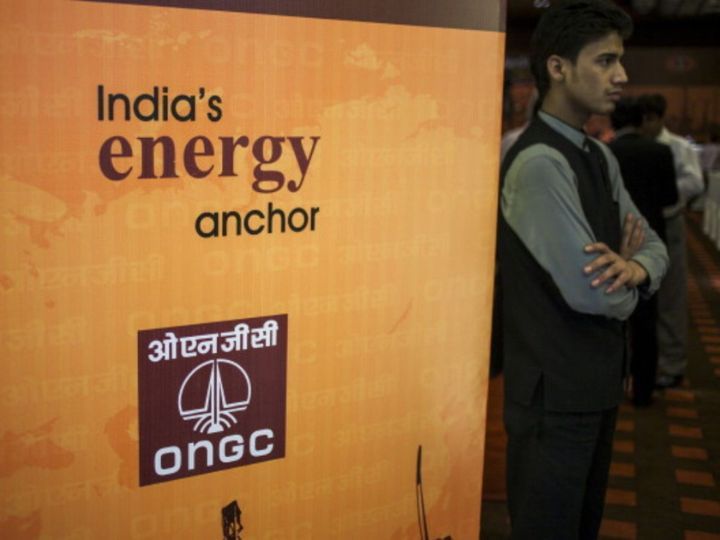Oil and Natural Gas Corporation (ONGC), state-run oil and gas producer, plans to invest about Rs 1 lakh crore in setting up two petrochemical facilities to convert crude oil directly into high-value chemical products as it prepares for energy transition, top company officials said on Wednesday. According to PTI, crude oil, which companies such as ONGC pump out from below seabed and underground reservoirs, is a primary source of energy.
At an investor call on the company's second-quarter earnings, ONGC Director (Finance) Pomila Jaspal said the firm is looking to build separate oil-to-chemical (O2C) projects. She, however, did not divulge much details. "We have plans to invest Rs 10,000 crore by 2028 or 2030 in two projects in two separate states," said D Adhikari, Executive Director and Chief of Joint Ventures & Business Development, ONGC, on the investor call. "Our plan is to raise petrochemical capacity to 8.5-9 million tonnes by 2030." One project is likely to be set up by ONGC on its own and the other in a joint venture. The details were not shared in the call.
Demand for petrochemicals, the building blocks for plastics, fertilisers and pharmaceuticals, is projected to remain strong due to their wide range of uses across large industries, including construction, automotive and electronics. Strengthening its chemicals business will also help ONGC cut its reliance on the volatile oil market and improve profitability in the long run.
ONGC already has two subsidiaries, Mangalore Refinery and Petrochemicals Limited (MRPL) and ONGC Petro-Additions Limited (OPaL) that run petrochemical units at Mangalore and Dahej in Gujarat, respectively. While MRPL is a profit-making entity, OPaL has a "distorted" capital structure, Adhikari said.
To correct this, the ONGC board has approved infusing Rs 18,355 crore capital in OPaL to raise its stake in the firm to over 96 per cent from the current 49.35 per cent, he said.
GAIL (India) Ltd currently has 49.21 per cent and the remaining 1.43 per cent is with Gujarat State Petrochemical Corp (GSPC).
Only ONGC is doing the equity infusion, which will all but edge GAIL out of the joint venture. This, he said, would "temporarily" make OPaL a subsidiary of ONGC but the company wants to retain the joint venture nature of the company and will look to get a strategic partner in the next three years.
The equity infusion will help OPaL turn around and become profitable in fiscal 2024-25, he said.
The International Energy Agency (IEA) estimates that global oil demand will plateau by 2030 as penetration of electric vehicles and increased uptake of alternative drive technologies for commercial vehicles ebb demand for fossil fuels. And so energy firms around the world are looking at alternatives.
Crude oil-to-chemicals (COTC) technology allows the direct conversion of crude oil to high-value chemical products instead of traditional transportation fuels. It enables the production of chemicals exceeding 70 per cent to 80 per cent of the barrel-producing chemical feedstock as opposed to about 10 per cent in a non-integrated refinery complex.
ONGC aims to capitalise on this trend, with plans to substantially expand its chemical and petrochemical portfolio from the current 4.2 million tonnes per annum to 8.5-9 million tonnes by 2030, Adhikari said.
The investment in O2C plants is separate from the Rs 1 lakh crore investment ONGC has announced in energy transition projects by 2030, which will help it achieve net zero carbon emissions by 2038. Net zero for a company means achieving a balance between the quantum of greenhouse gases it places into the atmosphere and the amount it takes out. ONGC plans to scale up its renewable portfolio to 10 GW by 2030.


